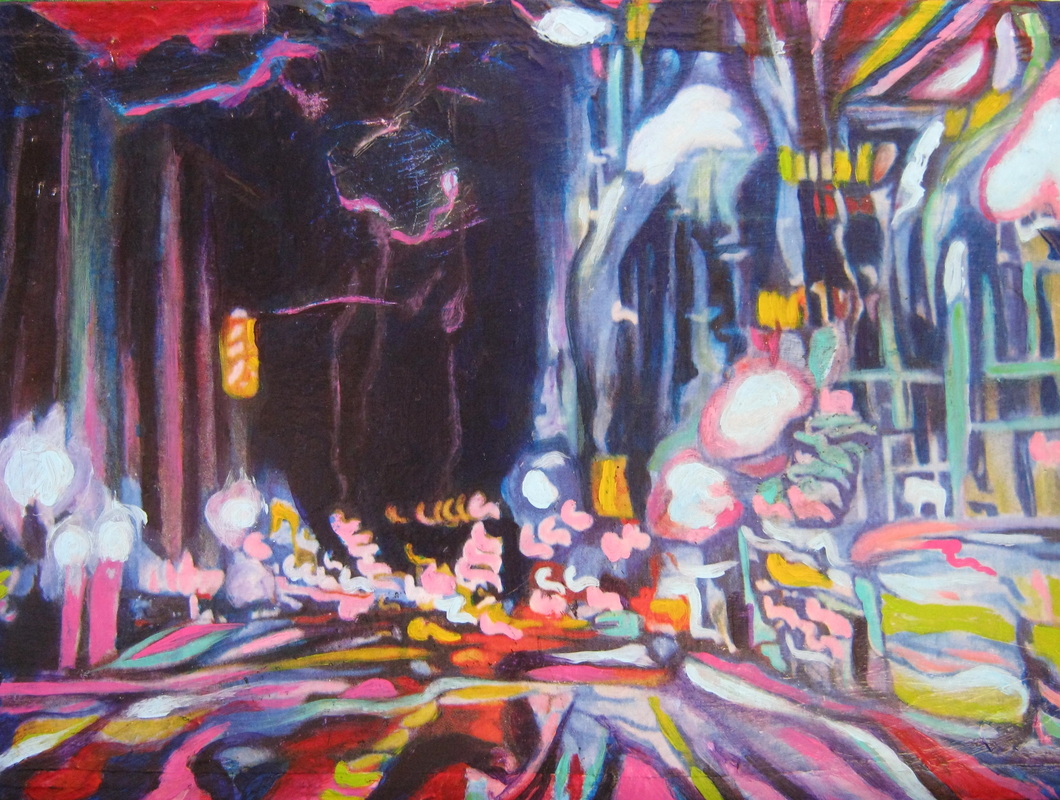
If they aren’t professionals themselves they might even be pleased. They might not have any objections at all. The artist might allow you a one-time-only usage of their image in exchange for money or exposure. Plenty of art students sit down in galleries and sketch the paintings.Īnyone can approach the owner of a piece of art and ask permission to reproduce it. You can copy an old master if you want to, or an old photo for that matter. If a painter died in 1970 the work is protected until 2040. The creator’s estate still owns the copyright. Beyond that time there are no legal repercussions to worry about.ĭon’t make the mistake of thinking that everything over 70 years old is fine. That means you must ascertain when the creator died and add 70 years. The same copied painting hung in a gallery, physically or online, ceases to be for education and is in breach of copyright.Īny artwork over a certain age is in the public domain. It is perfectly valid to copy an artwork with the intention of learning. I know I certainly did.įor general advice about copying: Is Drawing From Reference Photos Bad? Are You Cheating? How does a student learn if not from their peers and masters? We all learn by copyingthe artists we love.
#Photo copy art how to#
The obvious reason that springs to mind is when you are trying to learn how to draw and paint. There are times when it is perfectly appropriate to copy another artist’s work. Is It Ever Acceptable to Copy Other People’s Art?

Permission is granted for “fair use” in areas such as teaching, commentary, criticism, news, research, and so on. There is a provision for copying art under section 107 of the Copyright Act 1976.
#Photo copy art plus#
All artists retain the rights to their own work.Ĭopyrights last for a lifetime plus 70 years unless those rights are sold.

Having no watermark or copyright symbol does not make the image open-source. You cannot assume that because an image is online that you have permission to use it. There is a danger that your paintings could undermine the value of the original work you’ve copied and in such cases, the original artist could theoretically, claim damages against you.Īll imagery is owned by the creator if they can prove it. A single private sale can be acceptable, that’s an ethical issue, but what if you painted the same picture over and over again? That’s a legal one. Once Frank's digital files were finished, he supervised the printing by fine art printer, Bill Johnson.It also becomes complicated should you want to sell your painting of a painting. Frank photographed the artwork, perfectly matching the colors to allow canvas and art paper reproductions for the family. His siblings and their children, scattered around the country, were all interested in reproductions of JoAn’s beautiful oil paintings and works in pastels. The artwork on this page was brought to us by Don Tolman, executor of the estate of his mother, artist JoAn Tolman. Our broad publishing background allows us to preserve family histories in book form as well. Our services are also available to estates wishing to preserve and document family art and heirlooms. If you're an artist interested in producing limited edition archival prints of your work, please contact us about creating high resolution, perfectly color-matched digital files. We have decades of experience in both traditional and digital photography, and the use of the latest techniques in photographic post-production. At Frank Barnett Photography studio and gallery, we offer fine art photo copying and archival printing on a variety of substrates including fine art papers, canvas, wood panels and aluminum.


In addition, size frequently dictates that an image cannot be digitally scanned. Reproducing an oil painting by scanning is often an unsatisfactory solution because of the reflective nature of the medium.


 0 kommentar(er)
0 kommentar(er)
